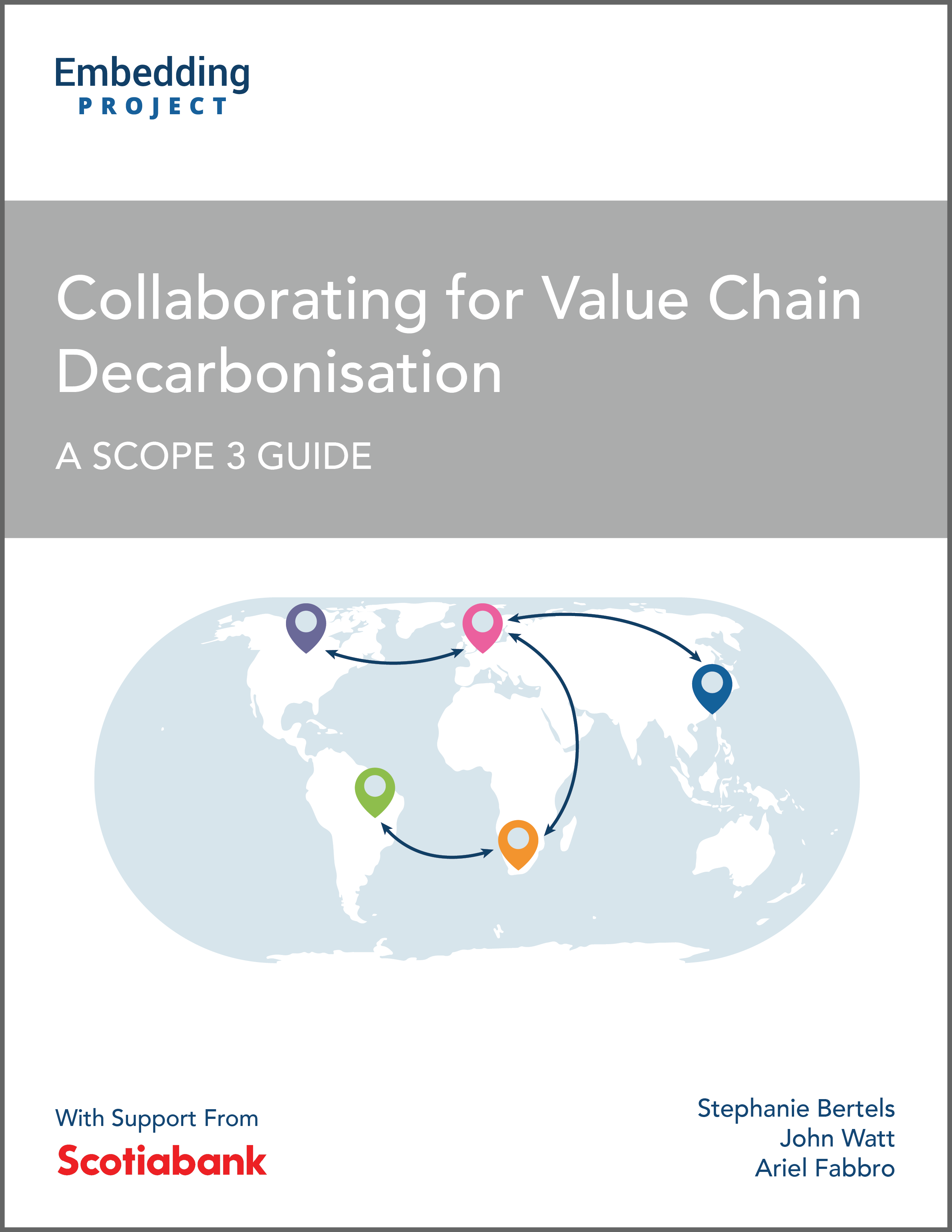Develop a supplier support strategy
Create a strategy to boost your suppliers' sustainability capabilities. First, determine where to direct your efforts by drawing on the supply chain sustainability issues and hotspots outlined in the PLAN stage. Once you have identified the supplier(s) or supply category to focus on, you can develop a strategy for how you can support supplier improvement. The strategy should be clearly linked to shared sustainability objectives; it should define the supportive actions you will take; and it should set clear indicators for review. Keep in mind that to enable real investment in a support strategy, you need to have a long-term relationship with the supplier(s). More on this below.
EXAMPLE: Migros supports suppliers to meet its Eco standard1
Migros introduced its Eco standard in 1996 to ensure environmentally friendly textile production and healthy working conditions. The company set up a strategy to help existing and new suppliers produce textiles in accordance with the Eco standard through training and education. For example, workshops are held in supply locations such as India, Hong Kong, China, and Switzerland.
EXAMPLE: Mapping supplier emissions at Klöckner Pentaplast (KP)
KP identified the top 50 suppliers contributing to Scope 3 emissions within their supply chains and approached them with a questionnaire about their GHG emissions. This comprehensive overview of supplier maturity provided KP with the ability to conduct specific follow-ups and promote sustainable practices throughout their supply chain.²




